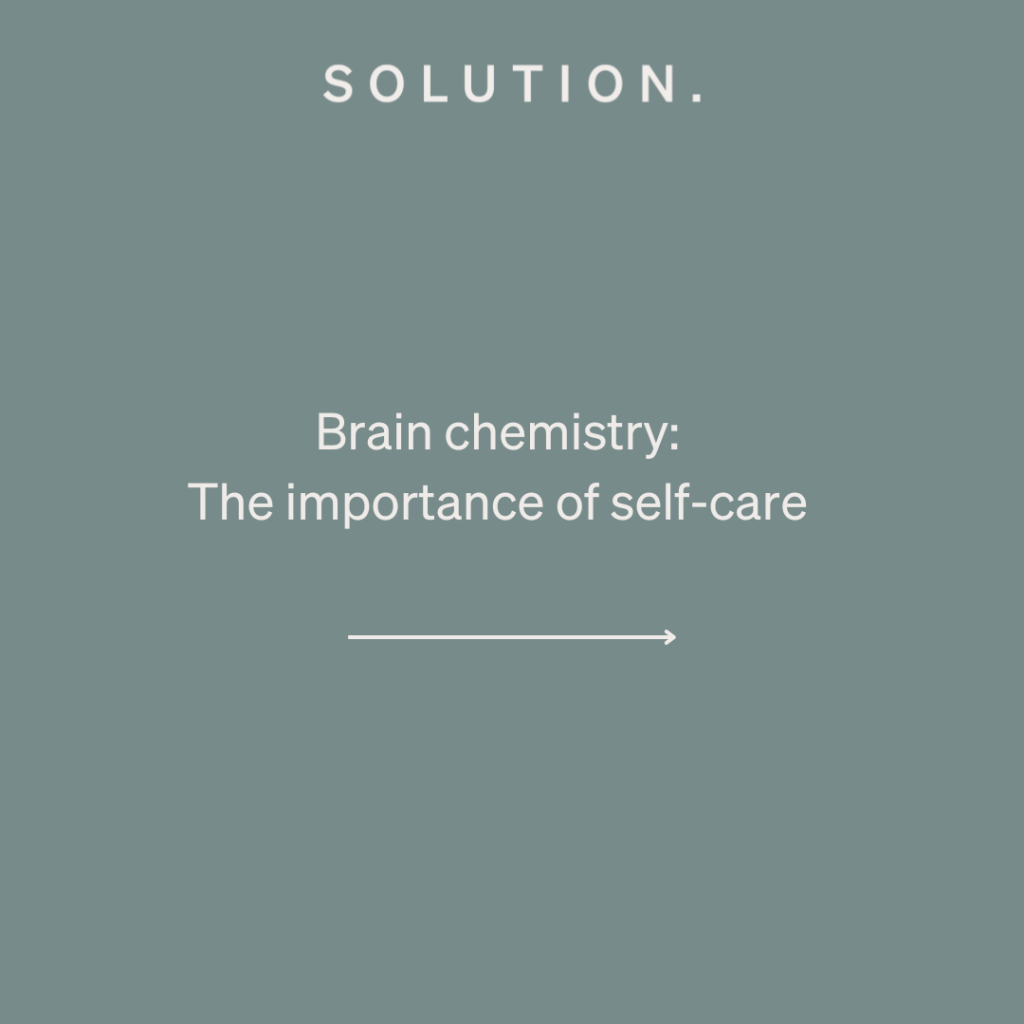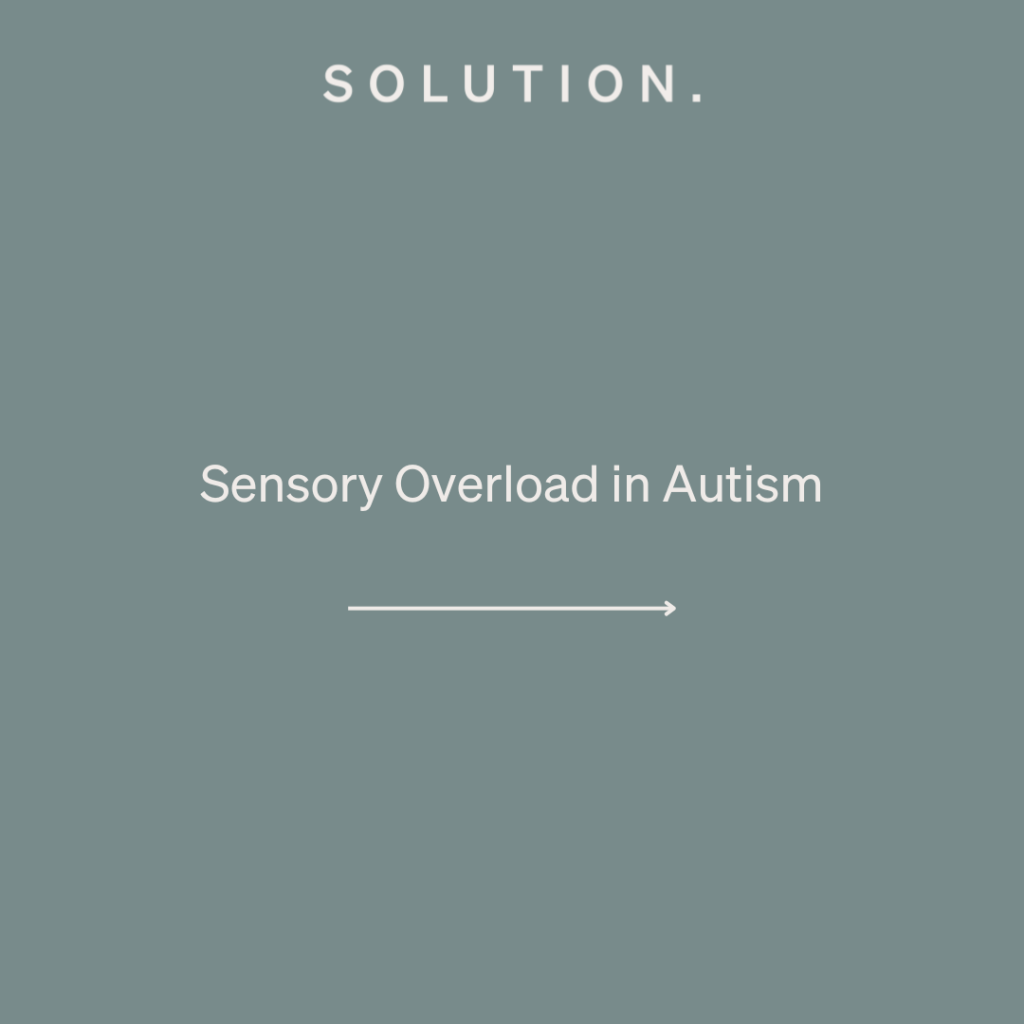It is common for parents to come to therapy with a clear goal in mind, like helping their child with emotional regulation. You might be seeing meltdowns, outbursts, avoidance, or shutdowns and just want your child to cope better. But emotional regulation is a complex skill that does not develop overnight. It is built on many smaller steps, and sometimes therapy needs to focus on those before the big changes start to show.
In this blog, we will explore what emotional regulation involves, why it can take time, and how therapy breaks it down into manageable building blocks, especially for neurodivergent children and teens.
1. What Is Emotional Regulation?
Emotional regulation is not just “calming down” or “being in control of feelings”. It is a combination of:
- Recognising emotions in the body and brain
- Labelling feelings with words or images
- Understanding what triggered them
- Tolerating distress without acting impulsively
Using a strategy to respond in a way that helps, not harms
For many children, especially those who are neurodivergent, have trauma histories, or interoception challenges, these steps do not come naturally and need to be taught, practised, and supported.
2. Why Emotional Regulation Can’t Be the First Goal
You can’t use a strategy to regulate if:
- You don’t notice you’re getting overwhelmed
- You can’t name the feeling you’re having
- You don’t know what’s making you feel that way
- You don’t trust adults to help you safely
- Your body has gone into fight, flight or freeze before thinking kicks in
Therapy often starts by helping your child or teen build awareness, language, and safety first. These are the foundations. Without them, regulation strategies like deep breathing or using a “calm down space” may feel pointless or even frustrating for your child.
3. What Comes First in Therapy?
Depending on your child’s age and needs, therapy might begin with:
- Building trust with the psychologist
- Identifying body signals (interoception)
- Naming emotions using visuals or stories
- Learning what different emotions do (e.g., anger protects, worry warns)
- Developing self-awareness (e.g., “I get loud when I’m excited”, “I feel funny in my tummy when I’m anxious”)
- Using sensory supports or movement to feel safe
Helping parents respond to overwhelm with connection, not correction
Only after these foundational pieces are in place can more formal regulation strategies (like “name it to tame it”, problem-solving, flexible thinking) be introduced.
4. What Does Progress Look Like?
It is easy to miss progress if you are only looking for fewer meltdowns or better “control”. You might start noticing:
- Your child starts to say “I’m getting frustrated” before they explode
- They ask for space or noise-cancelling headphones
- They use play or drawing to express how they felt after the fact
- They reconnect more quickly after a dysregulated moment
- They need less co-regulation from you over time
These small steps are big wins; they mean your child is developing internal skills with support, not just avoiding behaviours.
5. How Parents Can Support the Process
You do not need to have all the answers, but you can help your child practise what they learn in therapy by:
- Naming your own emotions out loud (“I’m feeling a bit overwhelmed too”).
- Offering choices when your child is distressed.
- Using co-regulation (being calm and present with them) before expecting self-regulation.
- Repeating the same language, the psychologist uses at home.
- Focusing on progress, not perfection.
Parent sessions are often part of therapy because you are the one your child spends the most time with. Supporting you helps support them.
6. Letting Go of “Fixing” and Focusing on Growth
Therapy is not about making your child act like other kids. It is about helping them understand themselves, feel safe in their bodies, and have tools to manage life in a way that works for them. Emotional regulation is not about being calm all the time; it is about being able to come back from big feelings, with support, without shame.
It is completely understandable to want your child to manage their emotions more effectively. Emotional regulation is an important goal, but it is not something that happens all at once. It takes time, patience, and support, especially when there are underlying skills that need to be built first. Therapy helps children develop these foundations gradually, at a pace that suits their individual needs. When parents understand the process and recognise the smaller steps along the way, they can offer the encouragement and connection their child needs to grow. With the right support, change is possible, even if it takes time to unfold.



